Cabinet Building Reykjavik
Cabinet de construction de Reykjavik
© Magnús Ólafsson (Reykjavik Photo Museum)
ISL
Reykjavik
Télécharge images...
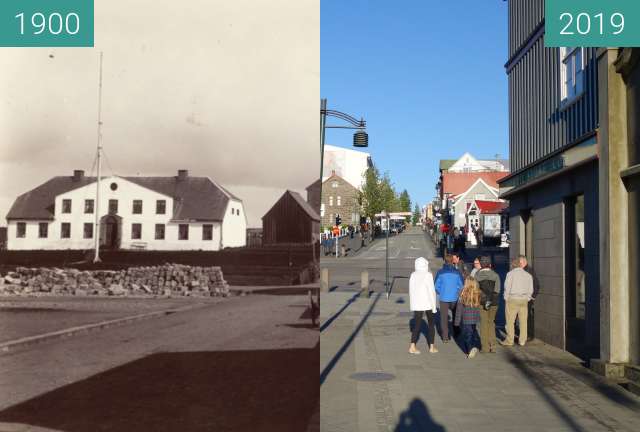
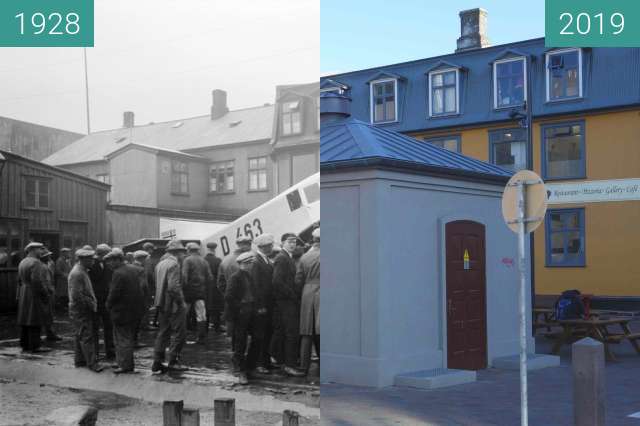
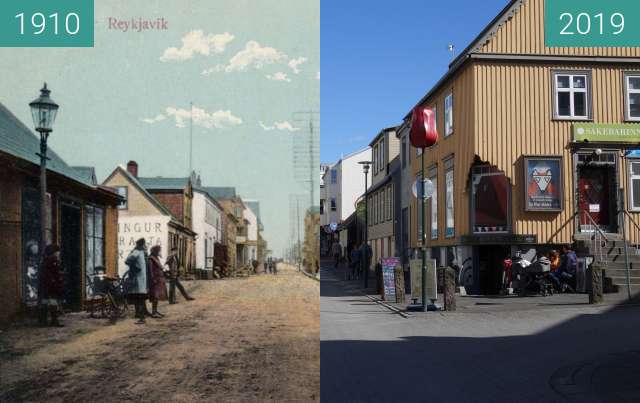
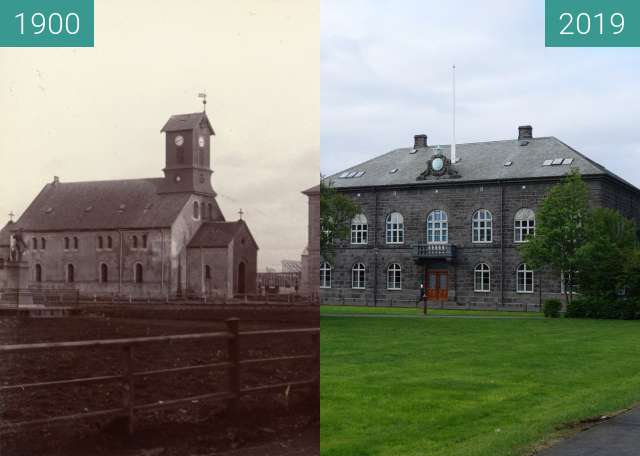
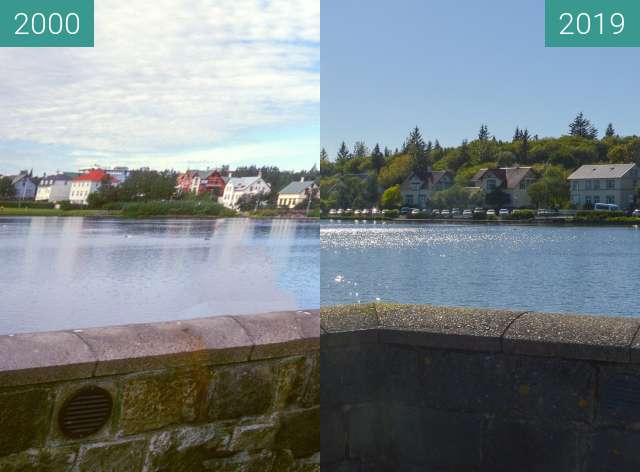
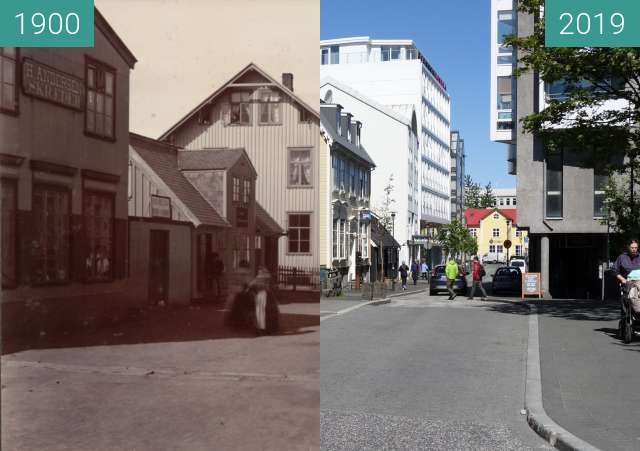
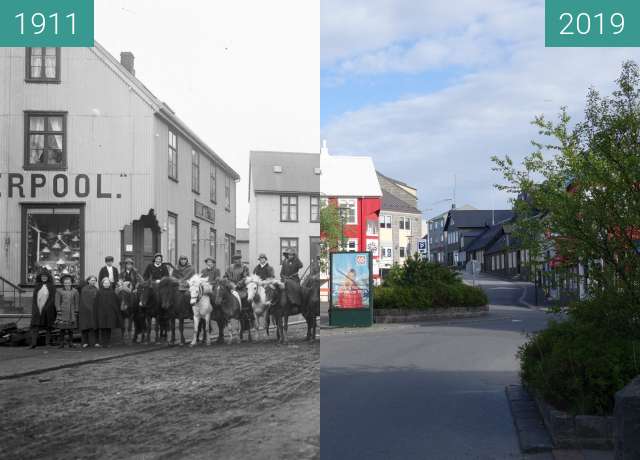
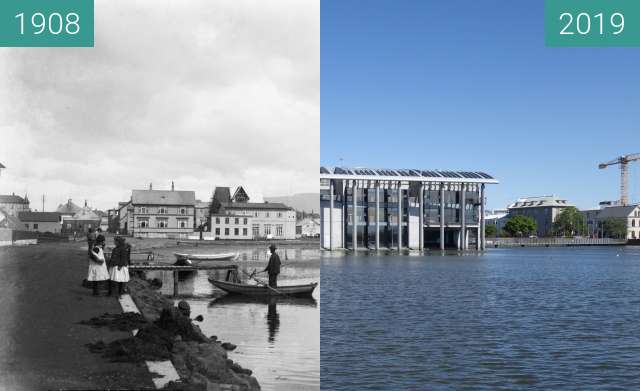
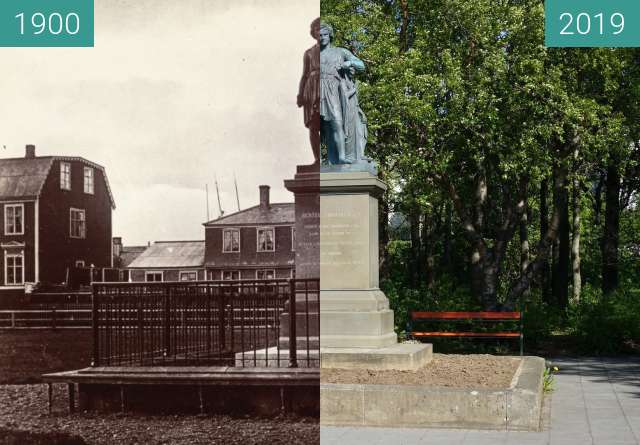
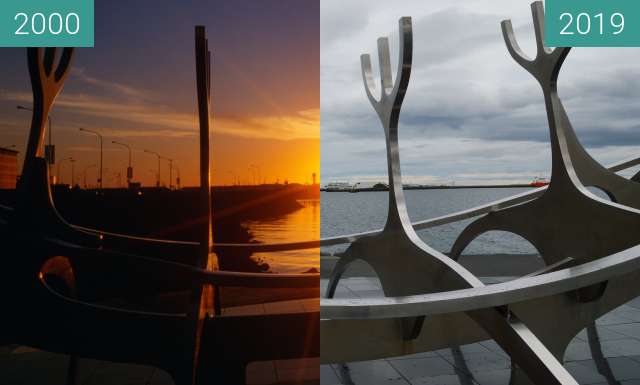
Icelanders demonstrate in front of the government building in Reykjavik. The occasion was the arrest of a man who had sailed the same day with a white and blue flag on his boat, the flag being the symbol of the Icelandic independence movement. At that time, Iceland was still under the Danish crown. People gather around the statue of Jón Sigurðsson, leader of the independence movement, waving blue and white flags. When Iceland got its own flag in 1915, it was actually not this one that became selected, but the blue-white-red one which is still icelands flag today.
Instead of the statue of Jón Sigurðsson, today there is a statue of Hannes Hafstein, the first Prime Minister of Iceland, right in front of the building. On the left stands a statue of Christian IX, a Danish king who allowed Iceland to have its own a constitution in 1874.
Today on the left side on the small hill stands a statue of Ingólfr Arnarson, who came to Iceland in the 9th century as one of the first permanent settlers and founded Iceland according to tradition.
Thanks to Reykjavik Photo Museum for permission and informations.
Les Islandais manifestent devant le bâtiment du gouvernement à Reykjavik. L'occasion était l'arrestation d'un homme qui avait navigué le même jour avec un drapeau blanc et bleu sur son bateau, le drapeau étant le symbole du mouvement indépendantiste islandais. A cette époque, l'Islande était encore sous la couronne danoise. Les gens se rassemblent autour de la statue de Jón Sigurðsson, chef du mouvement indépendantiste, agitant des drapeaux bleus et blancs. Lorsque l'Islande a eu son propre drapeau en 1915, ce n'est en réalité pas celui-ci qui a été sélectionné, mais le drapeau bleu-blanc-rouge qui est toujours le drapeau des terres d'Iceland.
Au lieu de la statue de Jón Sigurðsson, il y a aujourd'hui une statue de Hannes Hafstein, le premier Premier ministre d'Islande, juste devant le bâtiment. À gauche se trouve la statue de Christian IX, un roi danois qui a autorisé l'Islande à se doter d'une constitution en 1874.
Aujourd'hui, sur la gauche de la petite colline, se trouve une statue d'Ingólfr Arnarson, arrivé au 9ème siècle en Islande, l'un des premiers colons permanents, qui a fondé l'Islande selon la tradition.
Merci au musée photo de Reykjavik pour la permission et les informations.